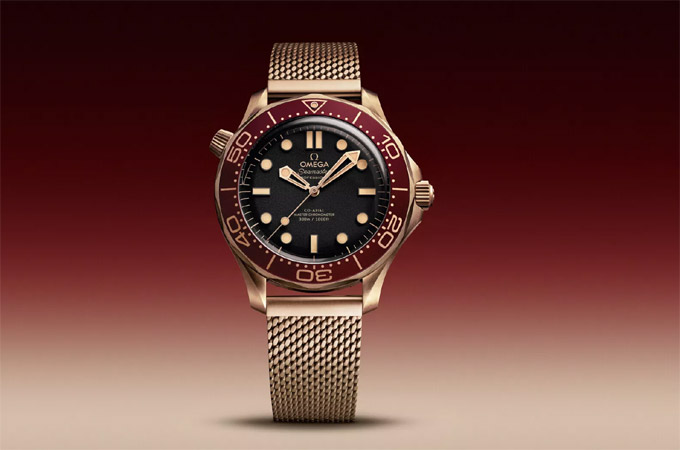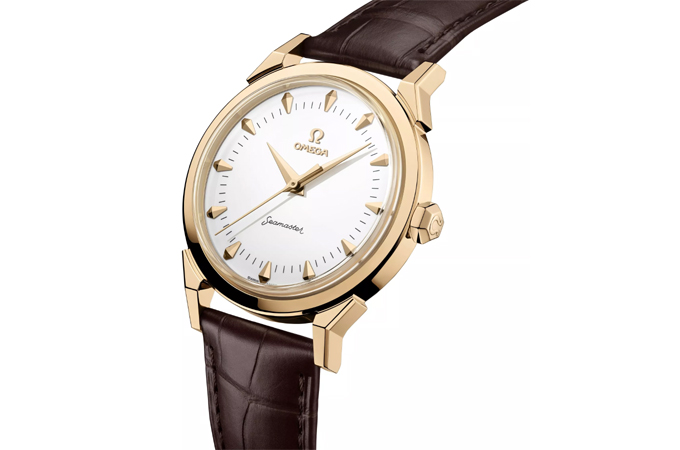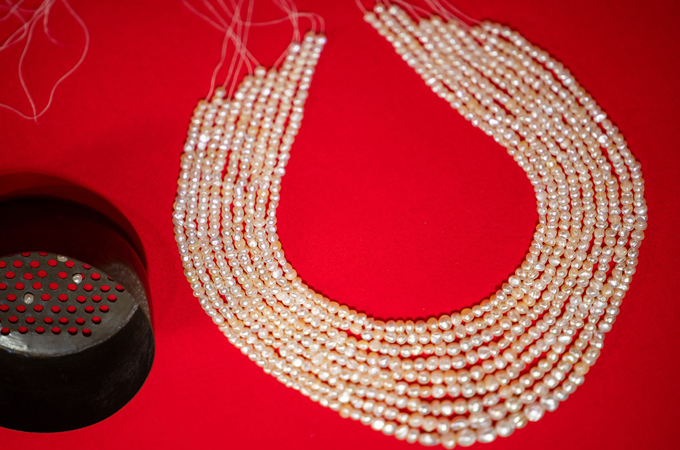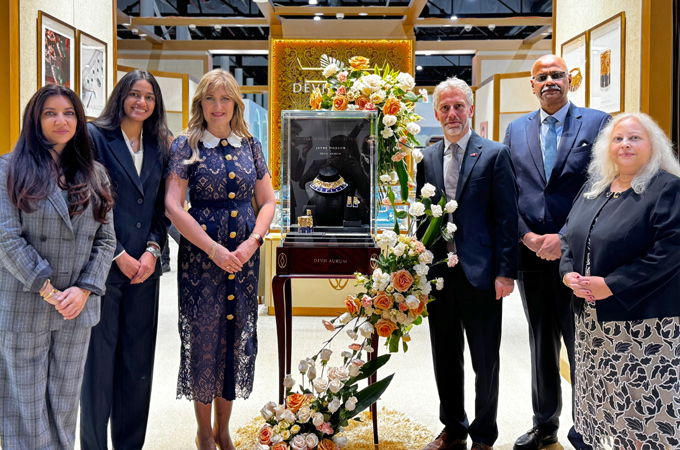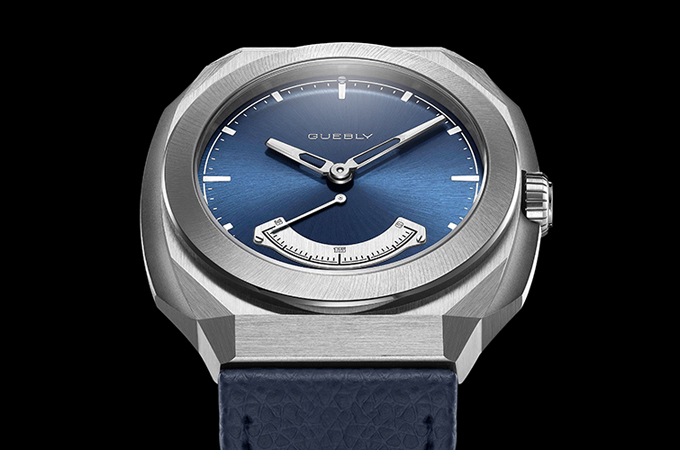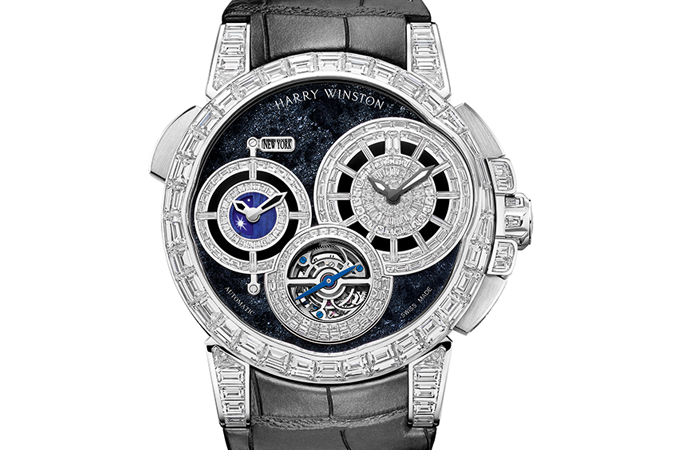Thu, Feb 25, 2016
Girard-Perregaux has revealed a special edition of its iconic Laureato that broke all watchmaking conventions in terms of shape, materials movements when it was launched back in 1975.
Inspired by the film world, the Laureato bears the same name in Italian of the famous 1967 film The Graduate.
The Laureato was one of the first models that used steel to make high-end watches look sportier, says the manufacture, adding that right from the start, this model also featured gold, which was “particularly unusual for watches of this type”.
The Laureato’s polished octagonal bezel embedded in a satin-brushed case made it a pioneering model in the integrated bracelets category. The bracelet’s aesthetically pleasing design didn’t sacrifice comfort or flexibility and not long after, a polished strip was added across all of the polished-hinge satin-brushed links. The watch features a beautiful interplay of shiny and matte or – for models with a gold bezel and links adorned with gold insets – a combination of precious yellow and sporty gray.
As soon as the Laureato was introduced, it was a notable part of the emerging trend for two-toned watches.
At the time of the Laureato’s release Girard-Perregaux also developed a pioneering quartz movement in-house which had oscillated at a frequency at 32,768 hz, and set the standard for quartz movement timekeeping.
This standard is still the quality benchmark today and the international standard for makers of quartz movements.
In 1984, complications were added to the Laureato when it was equipped with the famous equation movements that supplied astronomical indicators. The bracelet was also enhanced with domed interlinks with a polished surface that offset the shiny bezel, which also resulted in a pleasantly rounded form.
In 1995, in order to accommodate the slimline self-winding mechanical GP 3100 movement, the Laureato’s dimensions were enlarged with a new construction that did not at all affect its original proportions. The new design featured more room for the bezel and case-band while the links in the bracelet began resembling an ‘H’.
In 1996, the chronograph version led to the creation of the Olimpico collection and in 1998 the design was changed in order to encase the tourbillon with three gold bridges movement, a signature feature that is synonymous with Girard-Perregaux.
With a self-winding mechanical chronograph movement, the Laureato then entered the third millennium by advancing toward diameters larger than 40 mm.
The Laureato evo3 case came in at 44 mm and had an octagonal bezel – the first one to be satin-brushed – that was nestled inside and enhanced by the circle. Seamlessly integrated, the screwed winder and push-pieces showcased the collection’s sporty style.
Inside the evo3 , the 52-jewel movement gP 033c0- a0vaa with a 46-hour power reserve is a kinetic tribute to the micro-complications and the balance of their display: the 24-hour counter sits at 9 o’clock opposite the second counter at 3 o’clock and the calendar-hand date marker lies at 12 o’clock. The chronographic minute and second hands are tipped in red and sweep across the entire dial.
The collection was further developed with versions of the Laureato tourbillon with three bridges that were completely transparent.
Bridges made of sapphire as well as blue spinel displayed a levitating effect and as a result the model met with phenomenal success.
Now, as it celebrates its 225th anniversary, Girard-Perregaux has returned to its iconic Laureato and the original design premise with a limited edition of 225 pieces, over 40 years after the first steel version was introduced and as a tribute to its success.
Once again there is the well-known hexagonal bezel and the understated seamless integration of the flexible bracelet, but this time a clasp has been added as well as a subtle interplay between polished and satin-brushed finishing.
The 41 mm diameter returns the watch to reasonable standards after allowing itself a momentary foray into the XXL era. The baton-shaped hands come from the original model and have been embellished with a hint of luminescent material while the dial in white gray or navy blue is stamped with a Clou de Paris small checkerboard pattern like the first 1975 models. The date appears at 3 o’clock.
Among the inconspicuous signs that this is a modern edition is an anti-reflective treatment on the crystal and the addition of a sapphire crystal on the back.
The Laureato features the 27-jewel gP03300- 0030 self-winding mechanical movement with flawless finishing is equipped with an oscillating weight that can be viewed through the case back. It has a frequency of 28,800 vibrations per hour and a 46-hour power reserve.
Meanwhile, girard Perregaux’s museum is poised to reopen in La Chaux-de-Donds.
Exploring the timepieces on display at the museum reveals a journey marked by impassioned artistry and boldness and displays a collection that has become timeless while capturing the spirit of founder watchmaker Jean-françois Bautte in 1791.
Created in 1975 and faithfully re-released for the 225th anniversary, the Laureato now joins this hall of fame of iconic models and the new edition will be limited to 225 pieces.
The Laureato 2016 will be relaunched at the upcoming Baselworld 2016 watch and jewellery show, which will be held in Basel, Switzerland, from March 17 to 24.



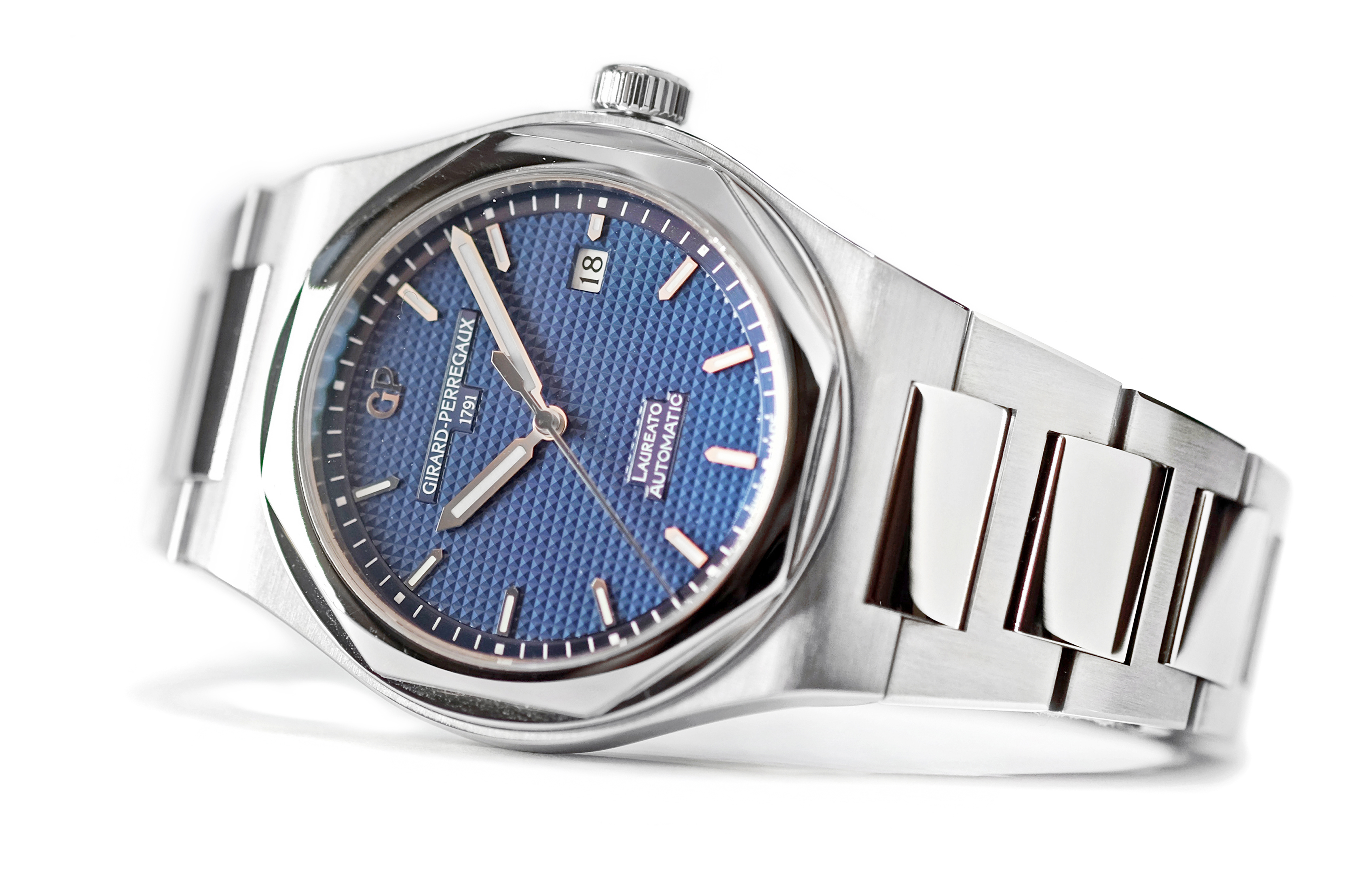
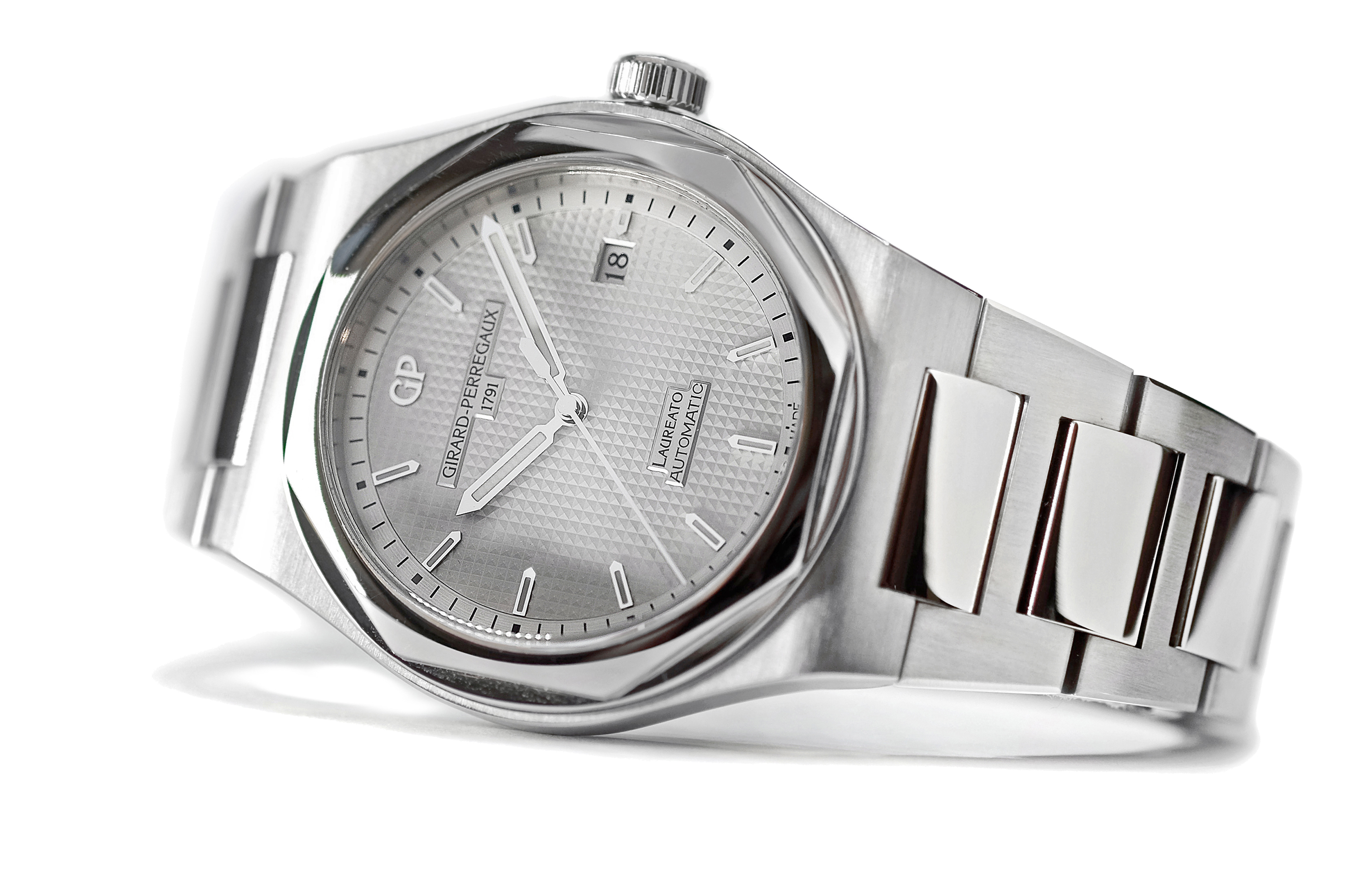
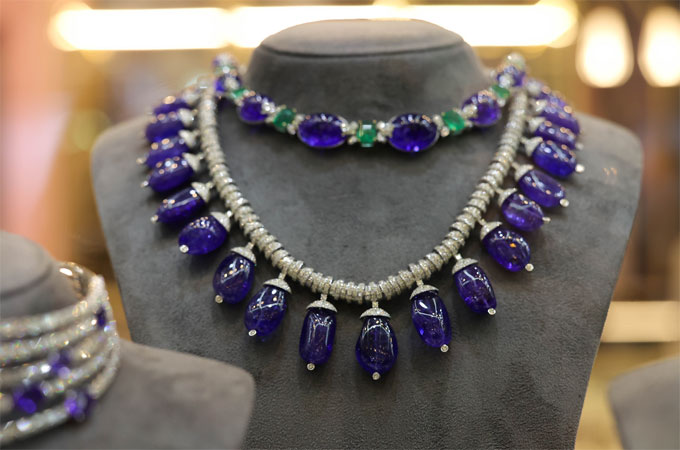
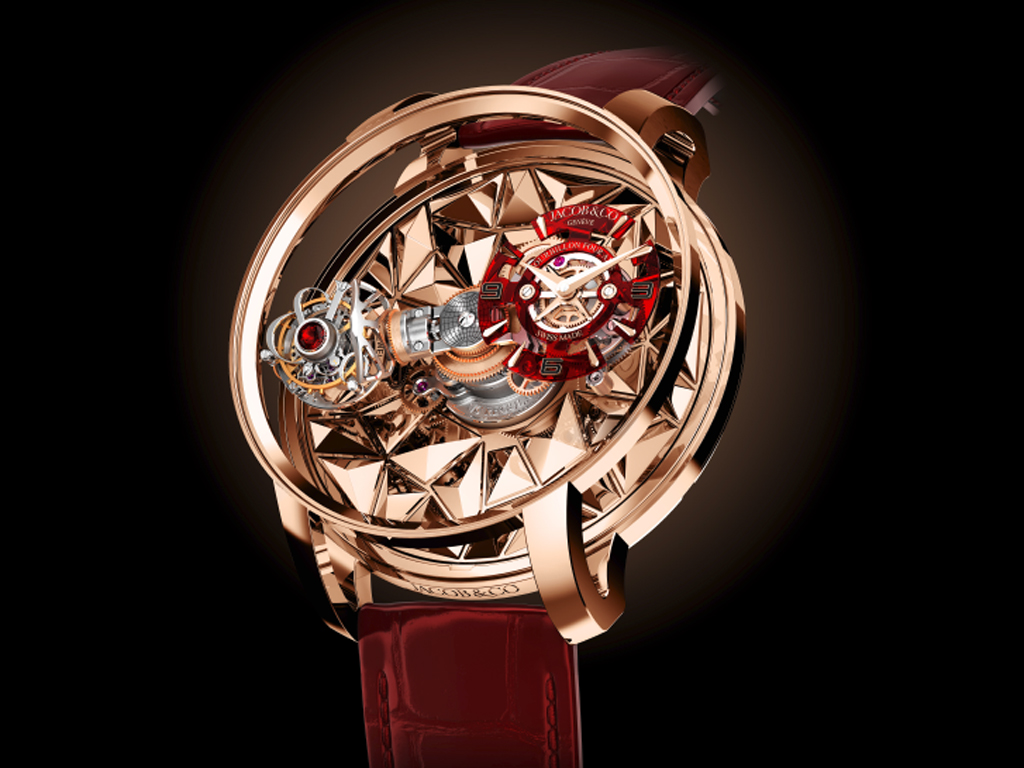
.jpg)
-copy.jpg)



